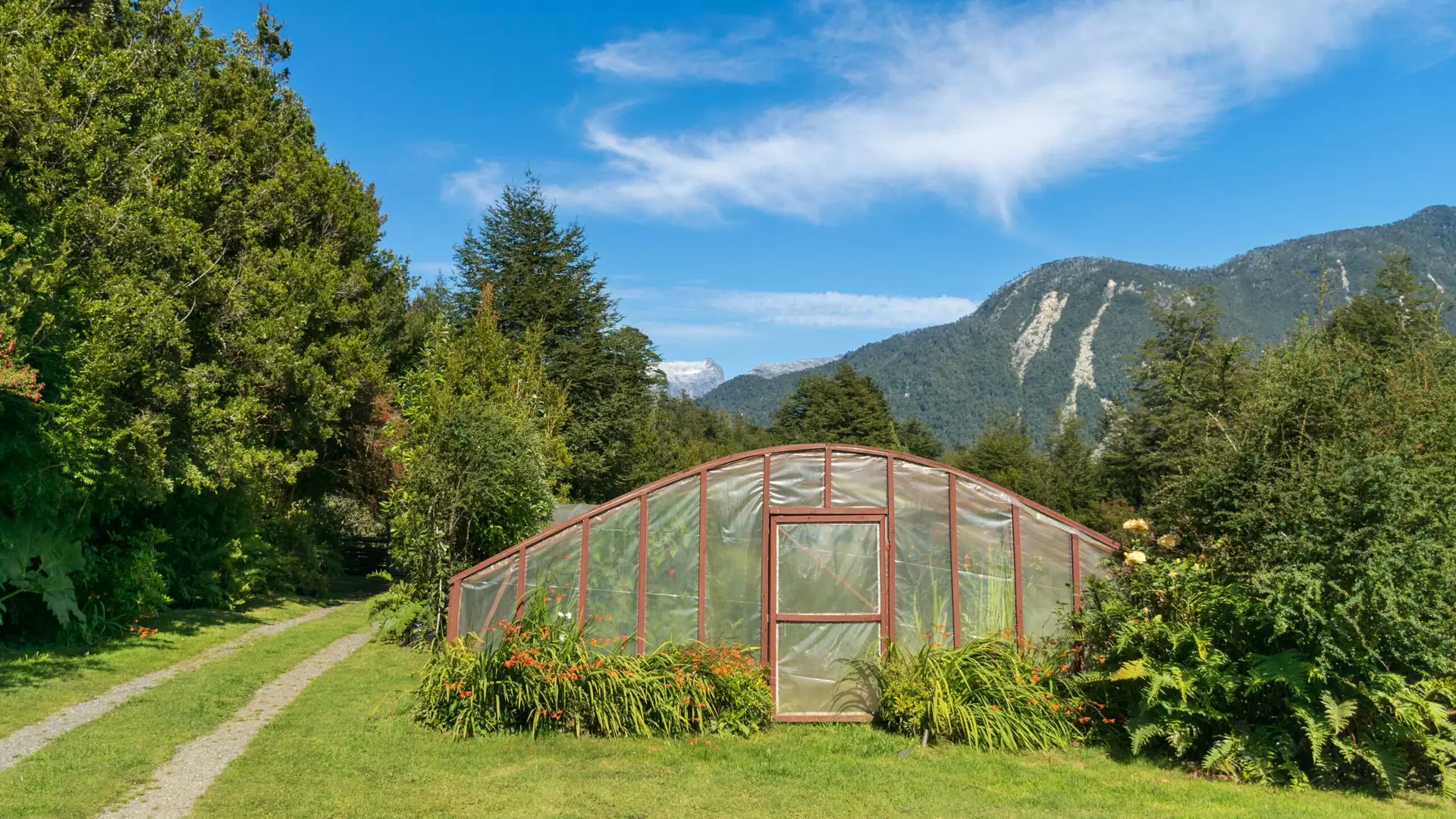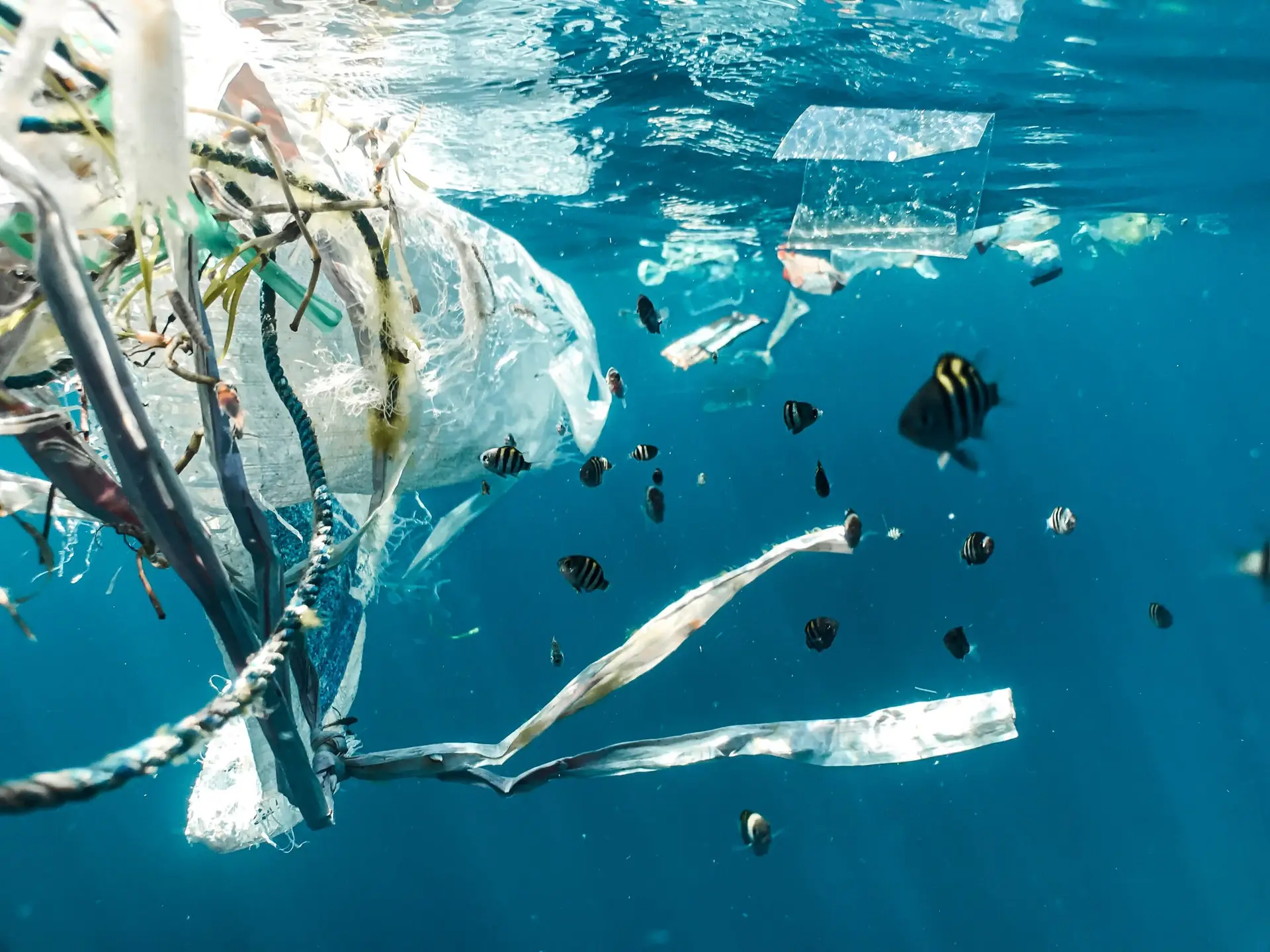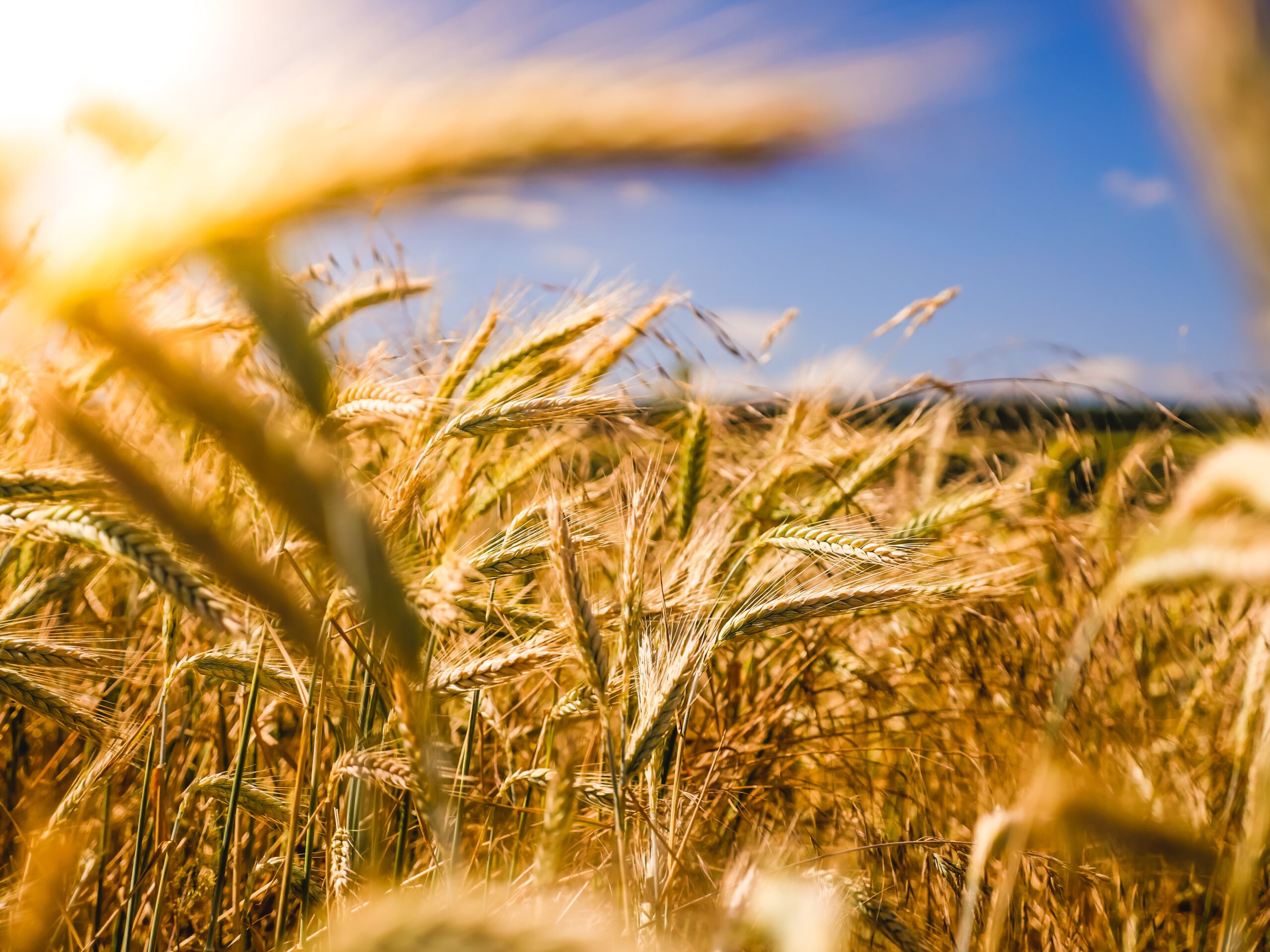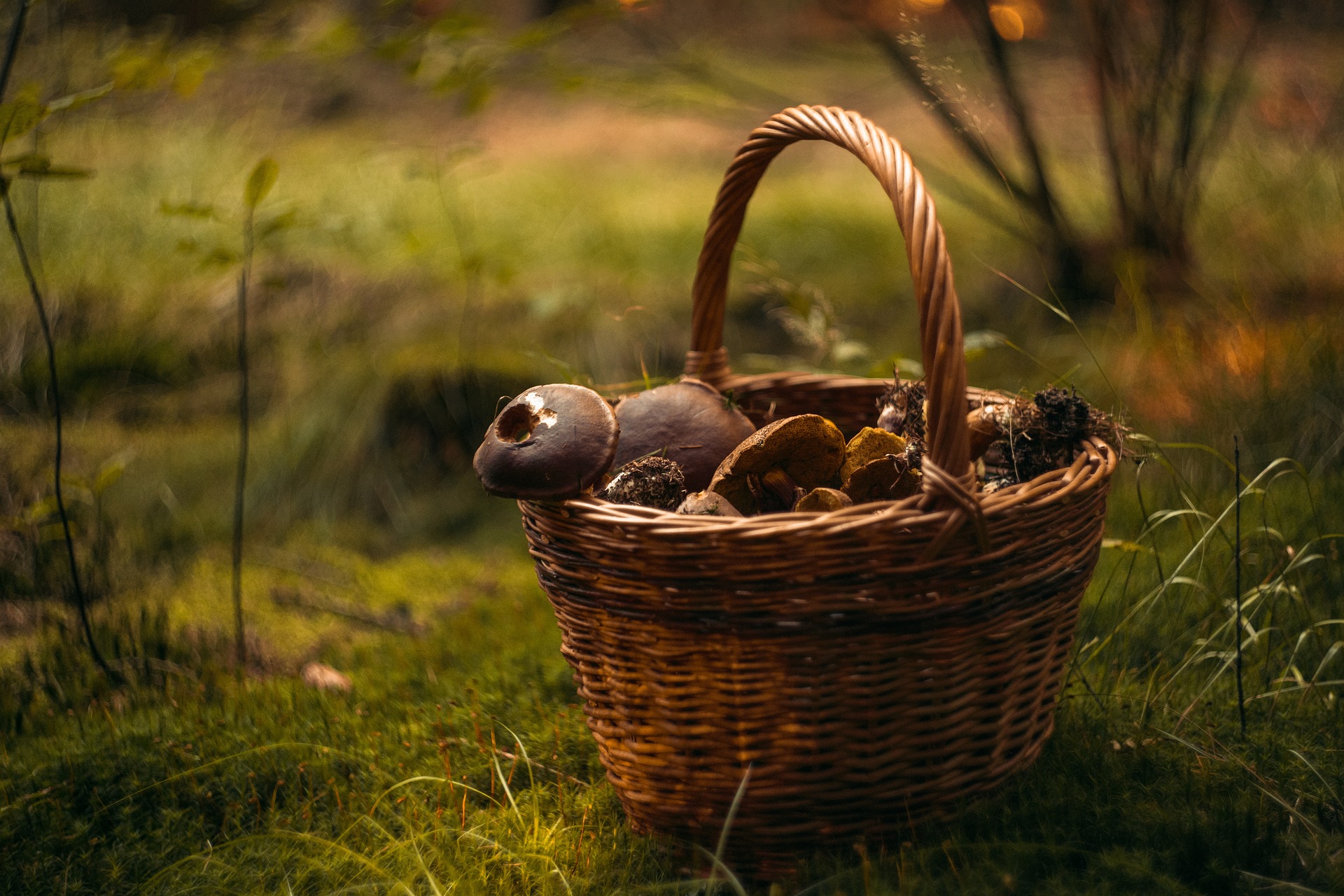Keeping in mind everything we have learned so far in this The Chronicles of Plastics – With or without series, it simply seems that we can’t live without plastic. In case you have missed out on the previous two articles, you can read them now (Part 1 and Part 2) and then come back to this one.
So what are the options? Of course you can take part in plastic clean up activities organised by local environmental groups, but let’s talk a bit more about prevention. In the last article, potential plastic-alternatives like paper and glass were already discussed and their downsides were explained. So if plastic is almost impossible to substitute, could we at least replace synthetic plastic with bioplastics? Providing an answer to that question isn’t simple. This is because bioplastic is a term used for different things. There are bio-based plastics (made from renewable, organic matter) and biodegradable plastics, which ironically do not have to be bio-based. On a side note, renewable isn’t necessarily equal to environmentally sustainable. Renewable materials are replaceable over and over again but their production could still be causing harm in other ways while environmentally sustainable materials do not compromise the needs of future generations.
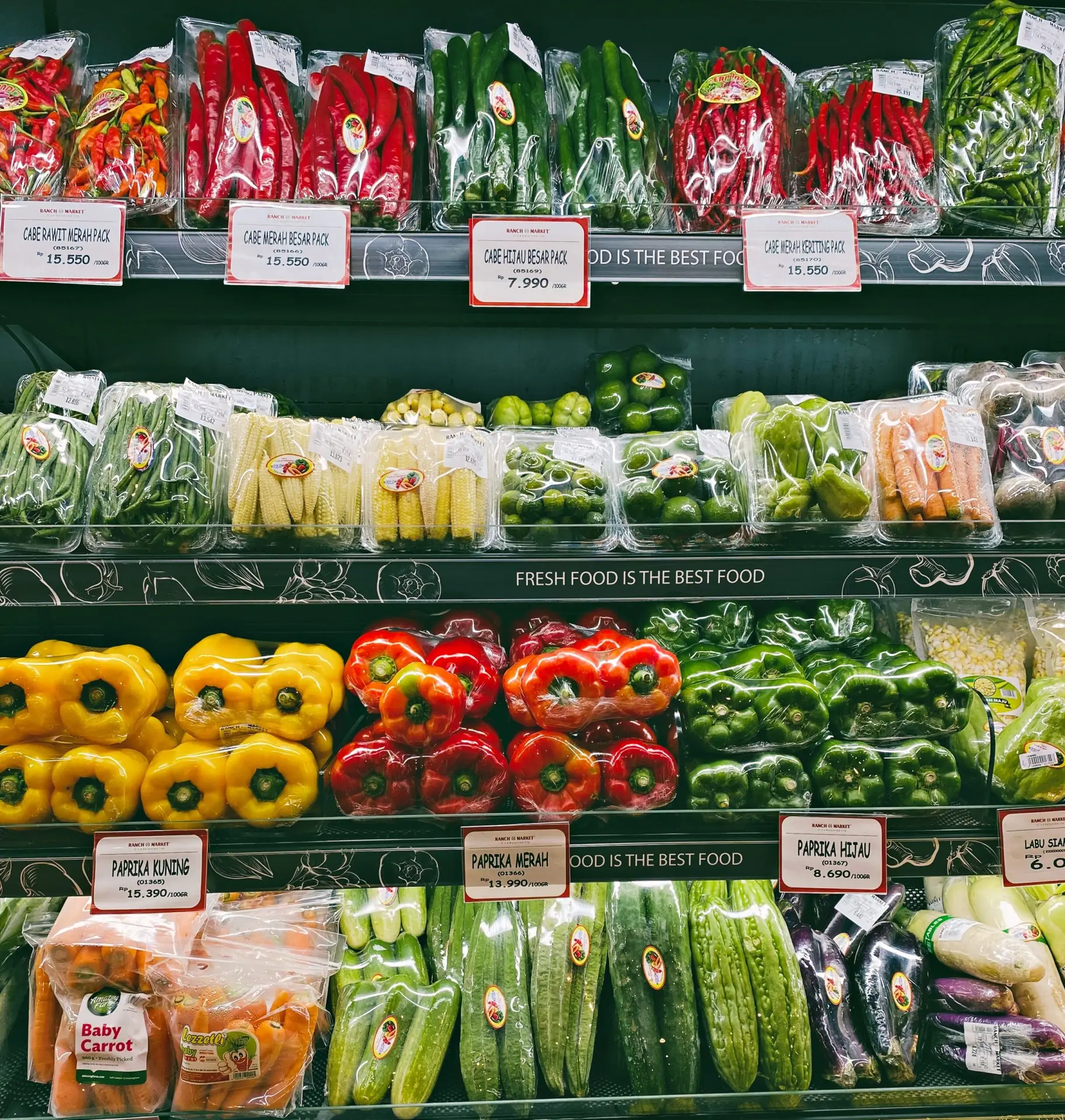
Bio-based plastics are made with starch or sugar from plants like corn, potatoes, or sugarcane. That means a lot of acres of land is needed to obtain these materials, which adds up to its environmental impact. Moreover, a high amount of energy is needed to refine those materials, just like with fossil fuels. Most importantly though, these renewable materials can be used to make plastic with the same polymer chains as synthetic plastics. In other words, they are chemically close to identical or at least quite similiar and therefore harm the environment in similar ways once they end up in a forest or on the beach. I don’t know about you, but I would think that a seabird probably doesn’t care if it gets trapped in plastic rings made of synthetic or biobased plastic.
When it comes to biodegradable plastics, little is known about how they actually act in the environment and affect the soil when they degrade. Also, most biodegradable plastics, like PLA (polylactic acid) need very certain conditions to actually degrade, for example, temperatures above 58ºC (136ºF) or a specific type of microbes. At the same time, they seem to not degrade at all when in salt water. So yes, if you ever see a plastic bag in a supermarket that’s labelled as “biodegradable” it could be nothing more than greenwashing. Because, first, biodegradable is not the same as environmentally-friendly, and second, because it really depends on where the plastic ends up.
It seems that it makes sense to even avoid bioplastics if you want to choose more environmentally sustainable options and reduce your plastic usage in general, no matter how it was produced. When it comes to food and drinks, which habits could you implement then in your day-to-day life instead? If you’re one of those who need a cup of coffee in the morning and usually buy it in a café or bakery in the morning on the way to work, you could buy a reusable coffee cup and just always bring it with you. You wouldn’t need to use single-use coffee cups from your favorite coffee place anymore. And when you do your grocery shopping, bring your jute bag or cloth bag. There are also smaller cloth bags which you can use to buy vegetables and fruits.
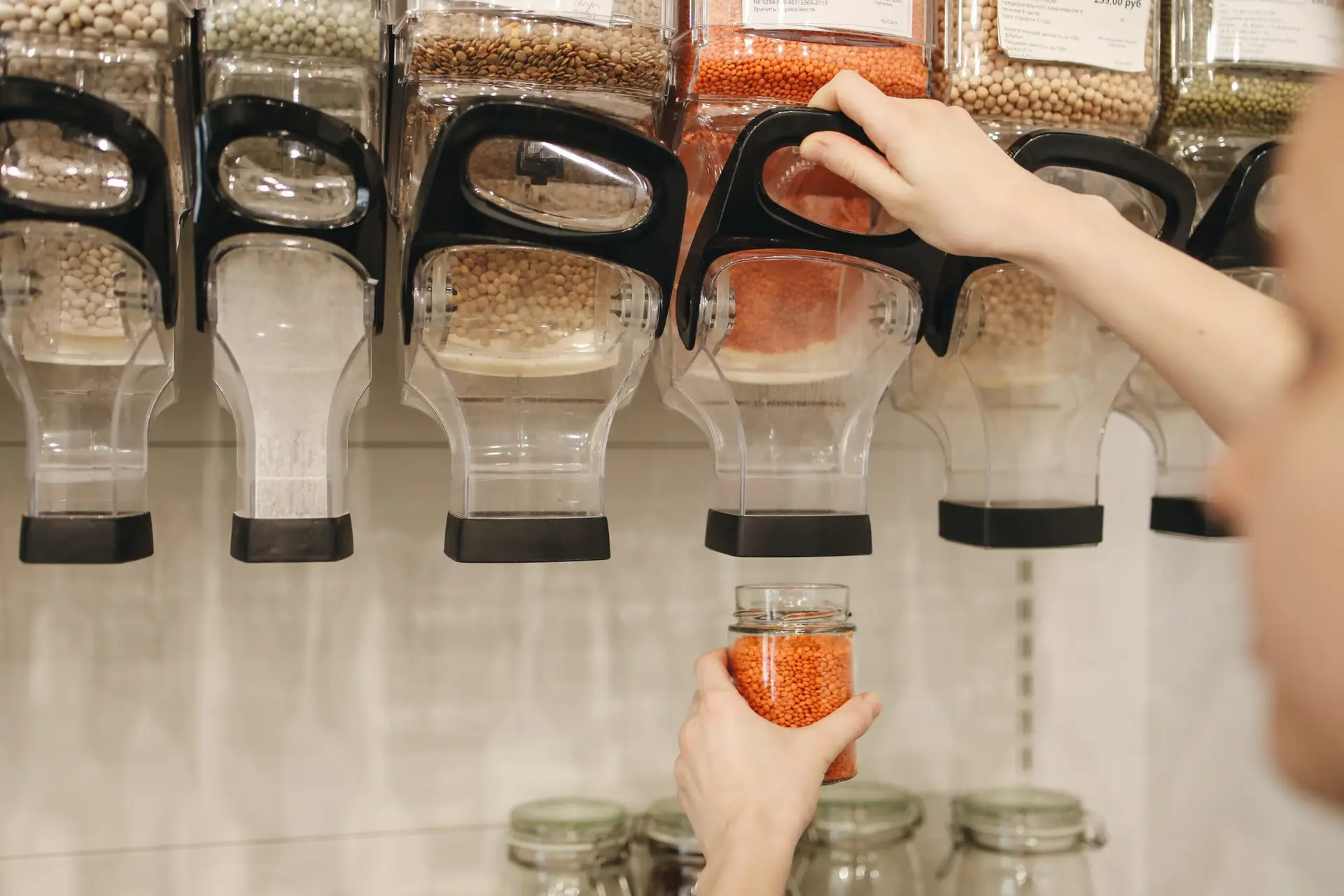
Sometimes however it doesn’t matter if you bring your own bags for your groceries because it also depends on the store that you go to. Supermarkets often sell vegetables and fruits already wrapped in plastic, so you might not always have the choice. Instead, you can check your town’s market, where you most likely won’t face that issue. In bigger cities, there are also zero waste shops, which sell sanitary products and food, from vegetables to pasta, rice, and chickpeas – by weight. You bring your own bags or containers to get the exact amount of each food you want and can store it at home in reusable containers – many use glasses.
Let’s sum it up: There are three words that you can keep in mind and that could give a solution to most of the situations in which you will encounter plastics: “Bring Your Own”. Combine this with “reuse” and you’re probably good to go in most situations – or rather those that you can control.
References
- Krieger, A. (2019). Are bioplastics better for the environment than conventional plastics? Ensia. https://ensia.com/features/bioplastics-bio-based-biodegradable-environment/
- UFZ Hemholtz. Centre for Environmental Research. Degradation of biobased plastics in the soil. [Press Release]. https://www.ufz.de/index.php?en=36336&webc_pm=46/2021
- Zimmermann, L., Dombrowski, A., Völker, C., & Wagner, M. (2020). Are bioplastics and plant-based materials safer than conventional plastics? In vitro toxicity and chemical composition. Environment International, 145, 106066. https://doi.org/10.1016/j.envint.2020.106066
Images from
https://unsplash.com/es/fotos/GNISAgm05kQ
https://www.pexels.com/es-es/foto/frascos-de-vidrio-con-comida-3737648/
https://www.pexels.com/es-es/foto/persona-de-compras-en-la-tienda-3735179/

